Scientists have discovered that the tongue detects ammonium chloride as a sixth basic taste, in addition to sweet, sour, salty, bitter, and umami.
Research published in Nature Communications indicates that the protein receptors on the tongue responsible for sensing sour flavors also react to ammonium chloride, a common ingredient in some Scandinavian candies.
Ammonium Chloride in Scandinavian Salt Licorice
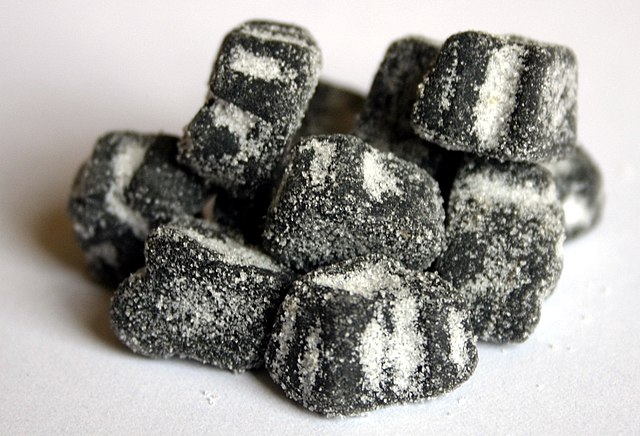
“If you live in a Scandinavian country, you will be familiar with and may like this taste,” said neuroscientist Emily Liman from the University of Southern California, a co-author of the study.
Salt licorice, which has been popular in some northern European countries since at least the early 20th century, contains salmiak salt, or ammonium chloride.
Identification of OTOP1 Protein
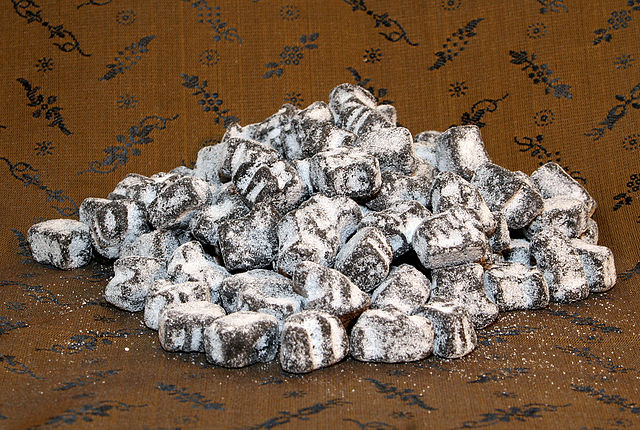
While it has been known that the tongue responds to ammonium chloride, the specific protein receptors involved have remained unclear despite extensive research.
Recent studies have clarified this by identifying the protein responsible for detecting sour tastes through a receptor called OTOP1.
Detecting Tartness from Acidic Foods

Freepik
OTOP1 is present in the membranes of tongue cells and forms a channel that allows hydrogen ions—key components of acidic sour foods—to enter the cell.
OTOP1 is crucial in sensing the tartness of lemonade and other acidic foods like vinegar.
Testing the Theory

Since ammonium chloride also affects hydrogen ion concentration within cells, researchers hypothesized it might activate OTOP1.
To test this, they conducted experiments to observe the response.
Introducing OTOP1 Gene into Lab-Grown Cells

They introduced the gene for the Otop1 receptor into lab-grown human cells, which then produced the OTOP1 receptor.
These cells were exposed to acids and ammonium chloride to measure their responses.
Ammonium Chloride as Strong Activator of OTOP1

“We saw that ammonium chloride is a really strong activator of the OTOP1 channel. It activates as well or better than acids,” Dr. Liman noted.
Ammonium chloride caused small amounts of ammonia to enter the cells, which, being alkaline, increased pH and reduced hydrogen ions.
Electrical Responses Measured in Mouse Taste Bud Cells
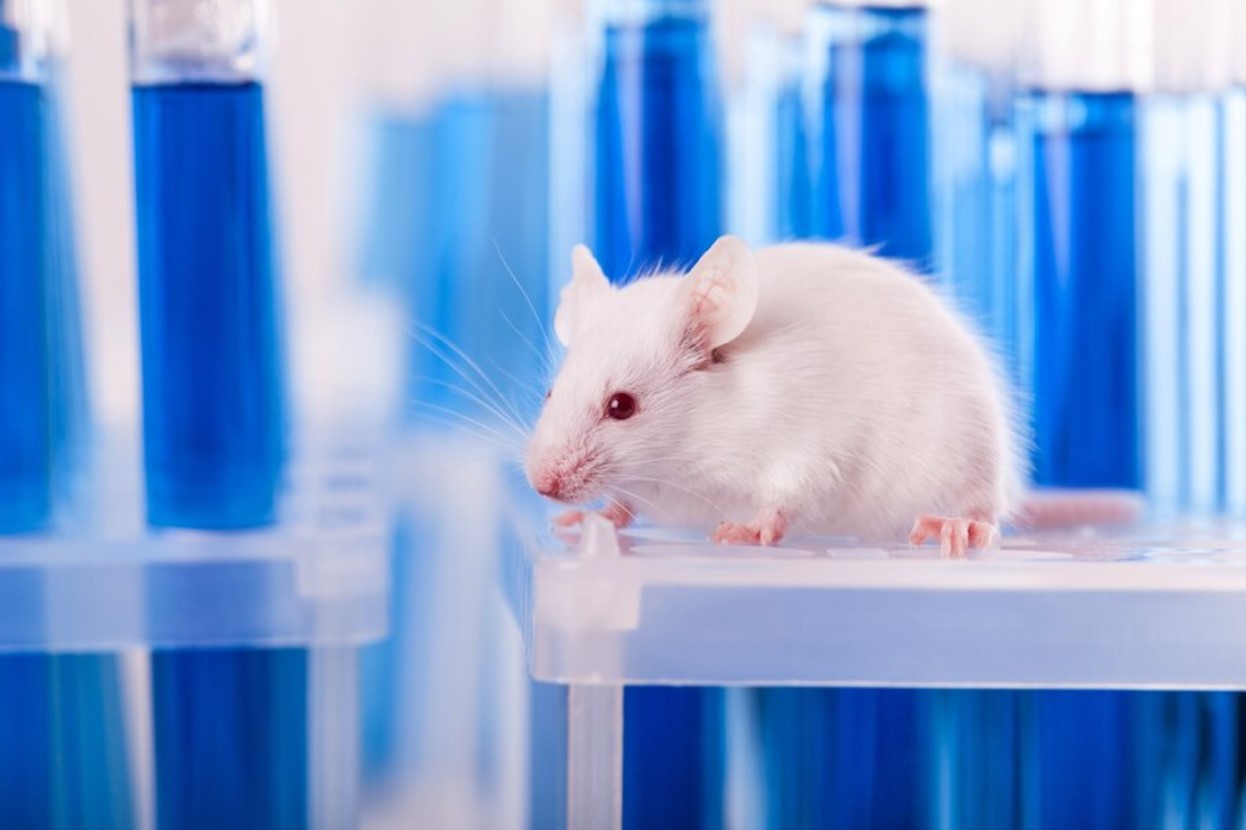
This pH change drove an influx of hydrogen ions through OTOP1, detectable by changes in electrical conductivity across the channel.
Scientists used taste bud cells from both normal mice and genetically engineered mice lacking OTOP1 to measure electrical responses to ammonium chloride.
Normal Mice Show Increased Action Potentials
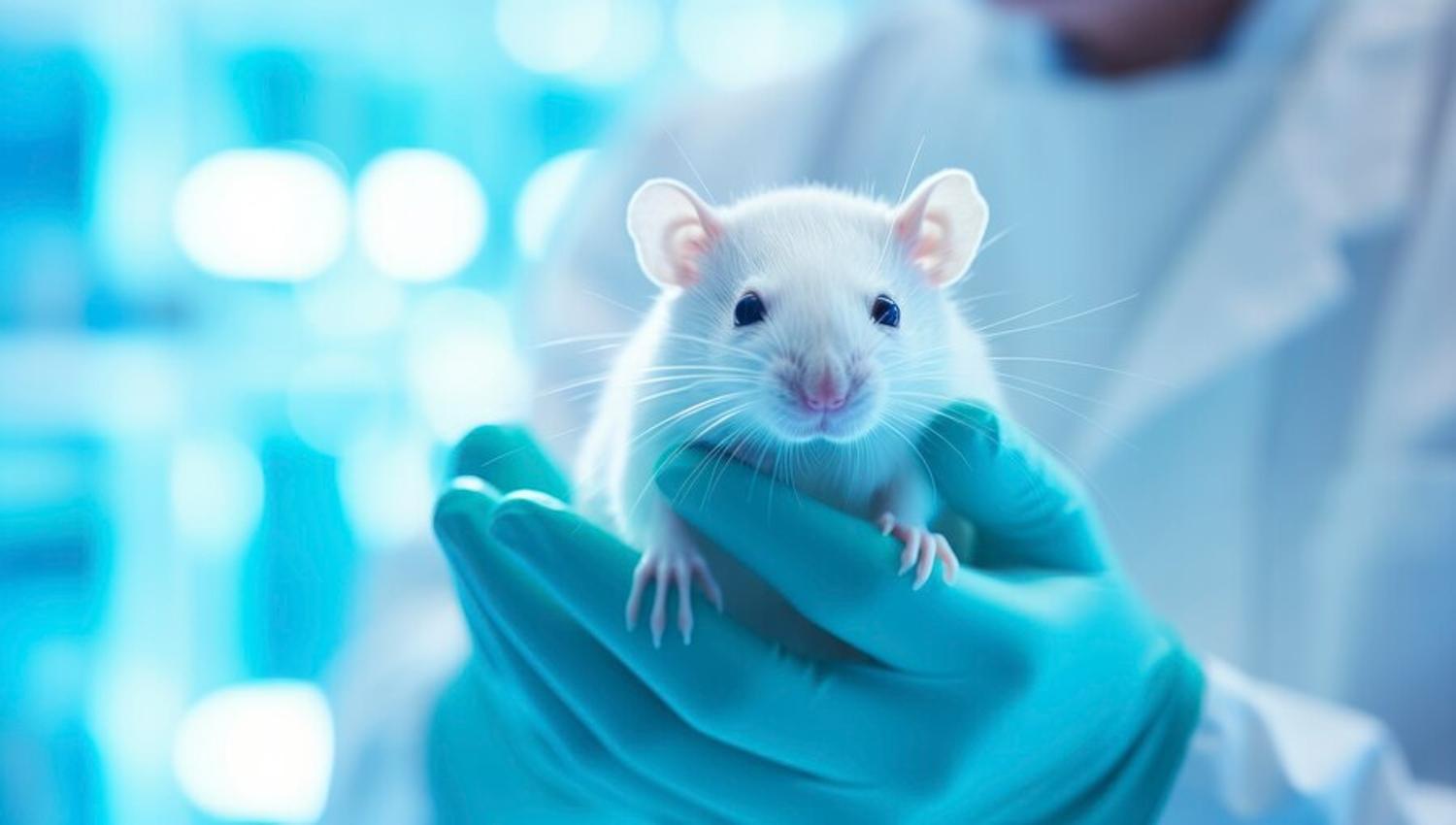
Normal mice’s taste cells showed a significant increase in action potentials after exposure.
In contrast, cells from OTOP1-deficient mice did not respond, confirming OTOP1’s role in detecting ammonium chloride.
Mice with Functional OTOP1 Avoid Ammonium Chloride
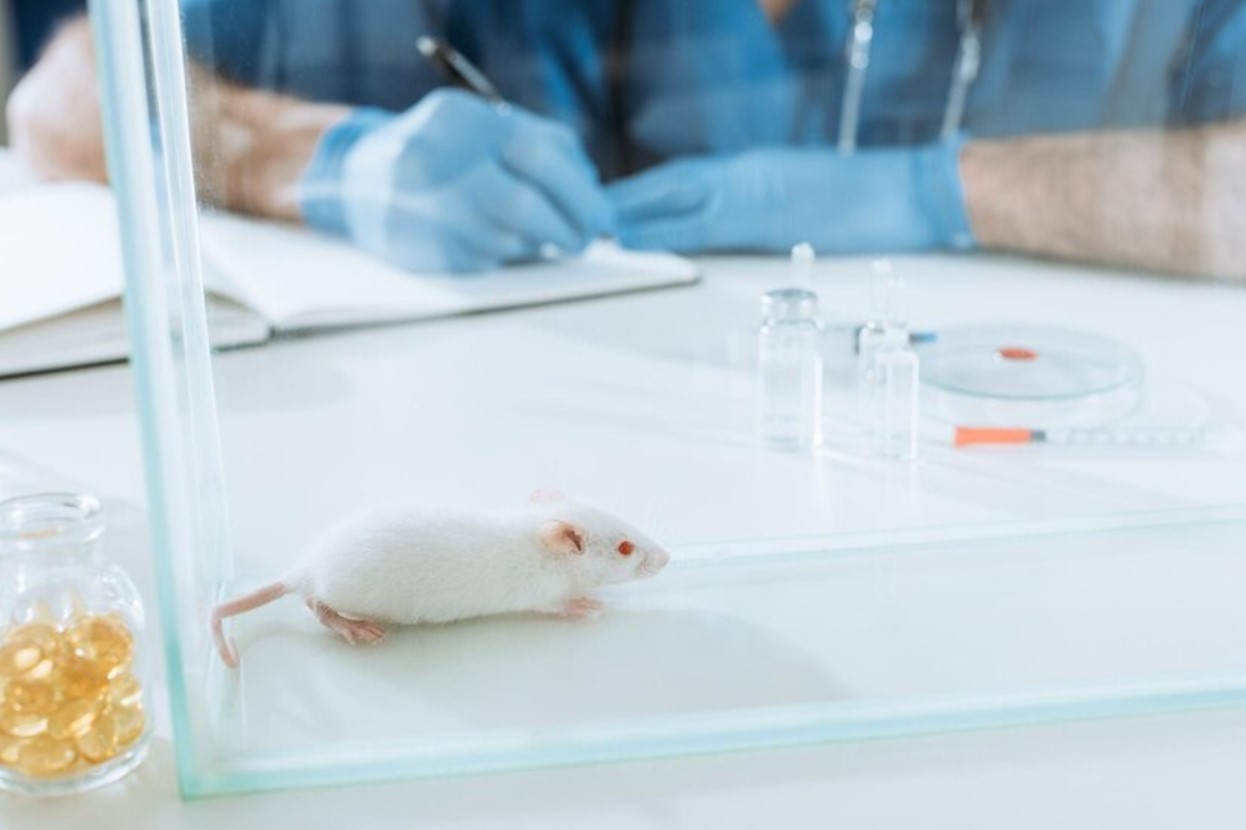
Additionally, mice with functional OTOP1 found ammonium chloride unappealing and avoided drinking water with the salt, while those without OTOP1 showed no aversion, even at high concentrations.
“This was really the clincher. It shows that the OTOP1 channel is essential for the behavioral response to ammonium,” Dr. Liman explained.
Variation in OTOP1 Sensitivity

Researchers also observed that the OTOP1 channel’s sensitivity to ammonium chloride varied among species.
They speculate that the ability to taste ammonium chloride may have evolved to help organisms avoid consuming potentially harmful substances with high ammonium concentrations.
Calls for Further Research

“Ammonium is found in waste products—think of fertilizer—and is somewhat toxic, so it makes sense we evolved taste mechanisms to detect it,” Dr. Liman concluded.
She noted that further research is needed to explore these species differences.








































